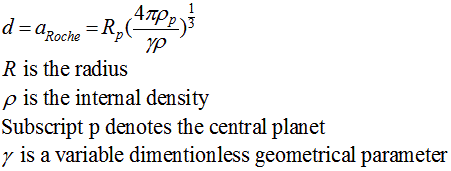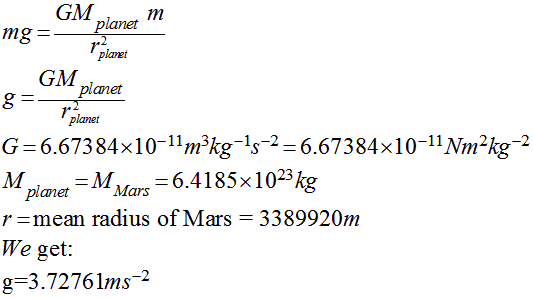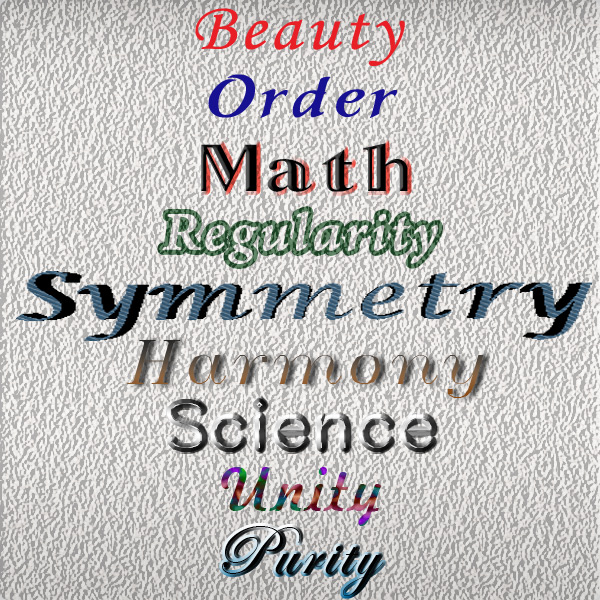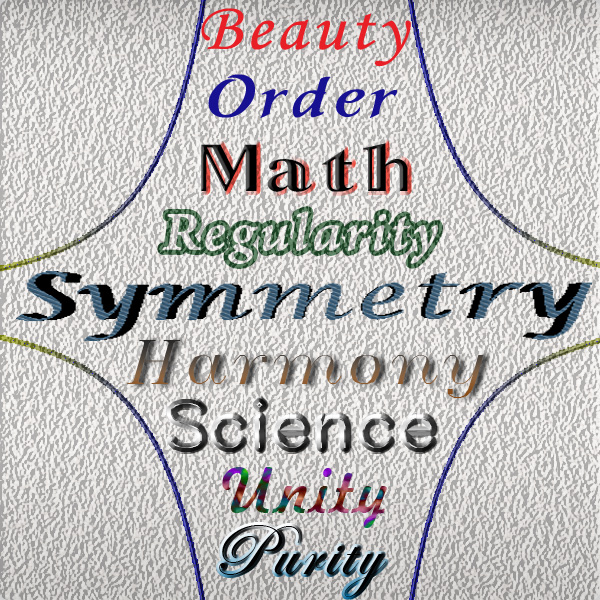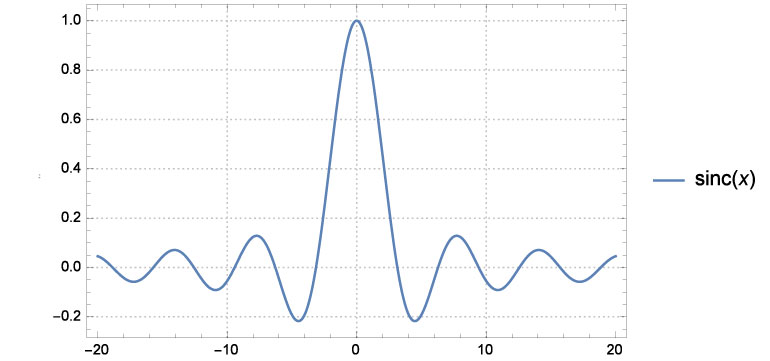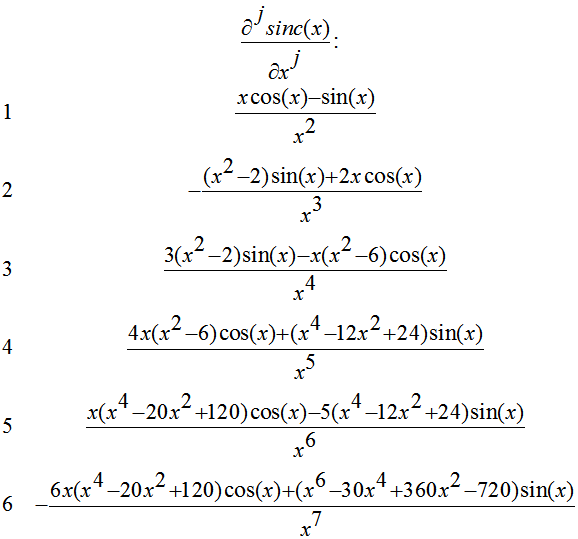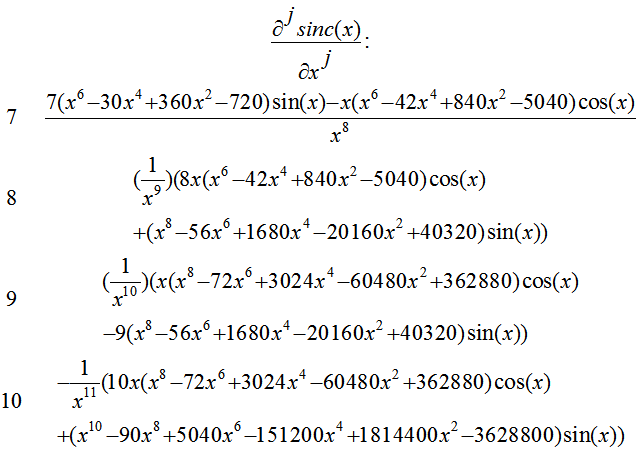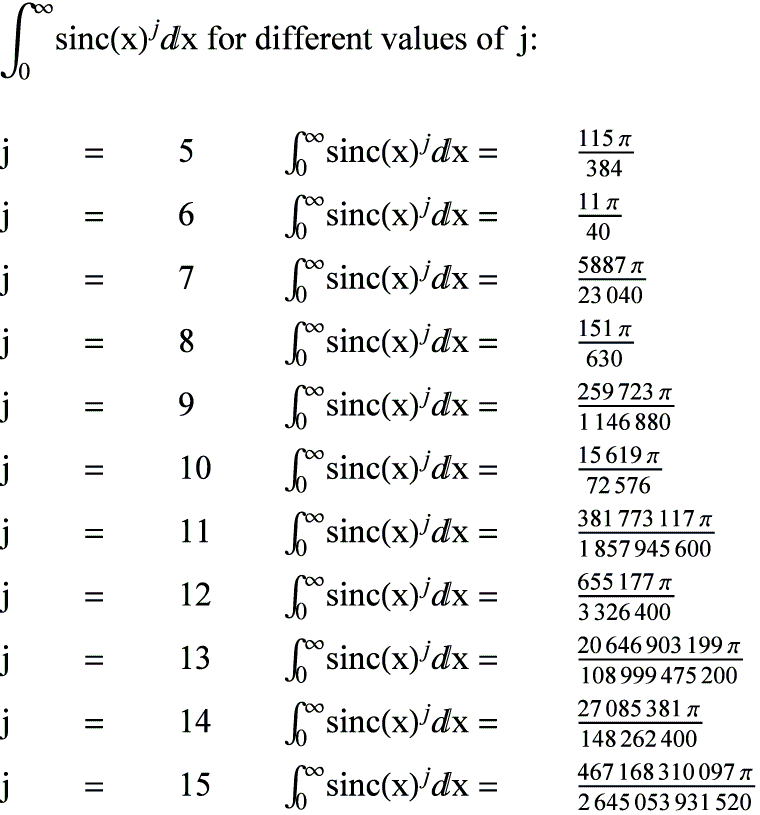After a close look at planet Mars in a previous post , here are images and info related to Jupiter and Saturn.
Jupiter is the biggest planet in the solar system , fifth from the Sun between Mars and Saturn.It
was named after the Roman king of the gods.
This first image of Jupiter shows the planet with the (multicolored) ring system surrounding it.The Grest Red Spot is also visible (image made with Universe Sandbox).

The faint diffuse ring system of Jupiter was identified by the Voyager 1 spacecraft in 1979.The
ring system consists mostly of dust particles , and comprises three main parts: the halo closest to
Jupiter, the main ring ,and the gossamer ring outside the main ring.
The Great Red Spot (GRS) of Jupiter is a huge high pressure anti-cyclonic storm , similar to a big
hurricane.Three planets each having the same size of the Earth could comfortably fit in it.
The image below gives a detailed view of the GRS and its surroundings (made with Starry Night).

Next is a picture of Saturn with its ( multicolored ) system of rings .Planet Earth is shown to the right of Saturn. Image made with Universe Sandbox.

Saturn is the second largest planet in the solar system after Jupiter.
Saturn has bright rings made of lots of small particles having sizes from a centimeter to a few
meters to more than a kilometer.The particles of the rings are composed mainly of aggregated
water ice pieces and some rocks.The rings extend away from Saturn and have a very large
diameter ,but they are very thin and have a thickness of less than one kilometer.Galileo first
observed the rings in 1610 ,but he thought they were large moons on both sides of planet Saturn.
A few decades later in 1655 Christian Huygens explained that Saturn was in fact surrounded by
rings.These rings were divided into many sections by astronomers and scientists.The D ring is
closest to Saturn ,the F, G ,E rings and the Phoebe ring are the outermost rings .
The final image below is of Saturn and its rings in March 2015 (made with Starry Night and a touch of Photoshop;the lighting is an added effect).

The rings of Saturn lie within the Roche limit.Inside this borderline distance (approximately 2.44
Saturn radii ) a celestial body or moon disintegrates due to the stronger tidal forces of Saturn and
rings are formed , while outside it a body or disk of orbiting material is expected to accrete and
coalesce.
A general formula for calculating the Roche limit is:
The Roche limit varies for rigid bodies and for fluid satellites.
Additional reference work related to this post and the Roche limit :
Planets, Stars and Stellar Systems , Volume 3:Solar and Stellar Planetary Systems ( edited by Terry D. Oswalt ,
Linda M. French and Paul Kalas).

